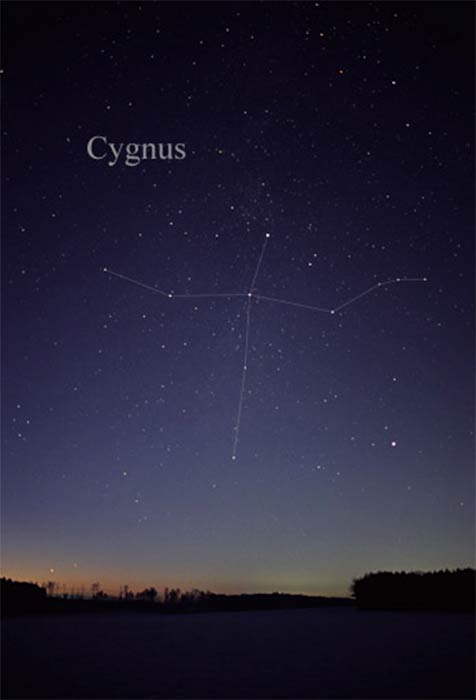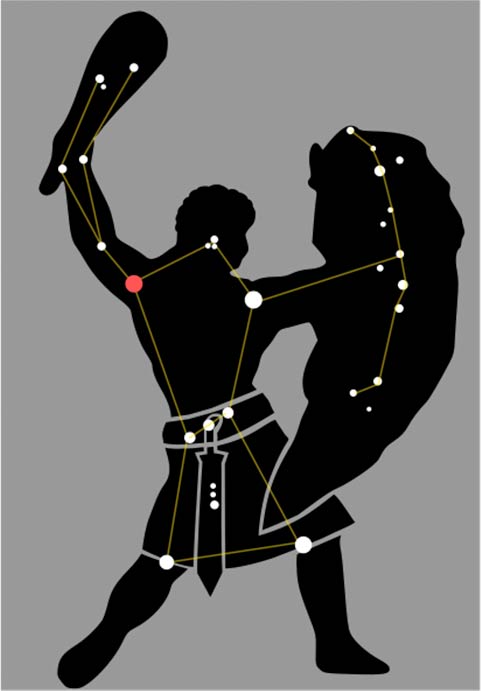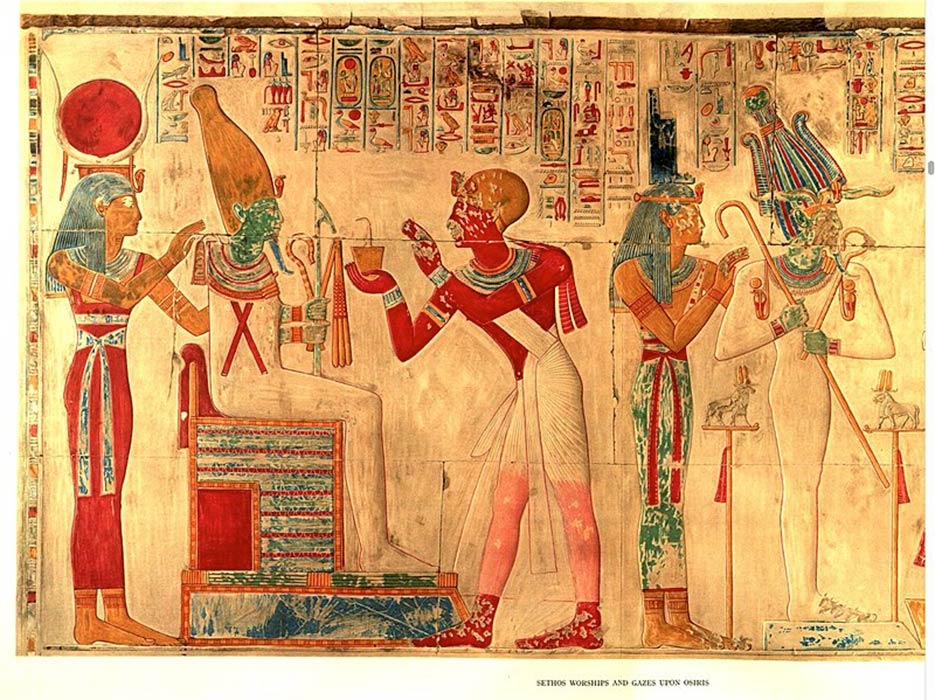
Orion, Cygnus And The Mysteries Of The North Sky
Of all the mysteries and forgotten wisdom of lost civilizations, perhaps the most profound examples are to be found in their study of the heavens. It is not that modern man lacks information about the cosmos today. Due to computer analysis and radio telescopes that the ancients never dreamed about, far more is known about the universe than what ancient man did. But what is not fully grasped is why and how they built some of the most magnificent, astronomically precise and enigmatic stone structures ever conceived. Was it to study the night skies, presumably hoping to bring the magic down to earth? Why was that so important to them?

The constellation Cygnus as it can be seen by the naked eye, with the Northern Cross in the middle. (Till Credner / CC BY-SA 3.0)
Of all the star, moon, and sun alignments, angles and precession movements the ancients studied, the position of two constellations, Orion and Cygnus, appear to have been particularly important. Orion seems to have been the guiding light for the construction of the Giza Pyramids (although that is a point of contention) and Cygnus seems to have been of paramount importance to the builders of Göbekli Tepe (although that is debatable as well). It is impossible to condense all the books and scholarly articles written about the astronomical alignments built into these two monuments, but it raises some questions as to why man’s forgotten ancestors put so much time and work into them.

Orion constellation (Sanu N/ CC BY-SA 4.0)
Orion The Hunter
When Robert Bauval and Adrian Gilbert wrote The Orion Mystery in 1994, they popularized a theory which had been percolating in various circles since the 1960s that the Pyramids of Giza were built to mimic on earth the position of the stars in the belt of the constellation Orion, the Hunter. Orion is one of the easiest constellations in the night sky to identify. The three stars of his belt are quickly spotted and it is the first constellation many beginner star-gazers learn to recognize. The belt stars seem to be straight but upon closer inspection one notices that they are just a little out of line. One is offset. If one should fly over the pyramids or study a map of Egypt in a format such as Google Earth, it is noticeable that the three pyramids are offset in identical fashion.

Worship and view of Osiris; the Chapel of Osiris at Abydos Temple (CC BY-SA 3.0)
In Egyptian mythology, one of the chief gods is Osiris. An Osiris cult ruled in Egypt for centuries, and since he has traditionally been identified with Orion, the relationship makes perfect sense. This identification was further buttressed when it was discovered that a southern shaft running upward from the King's Chamber of the Great Pyramid would have formed, during the age traditionally attributed to the building of the pyramids, a straight shot, similar to the barrel of a gun aimed at the belt of Orion.




